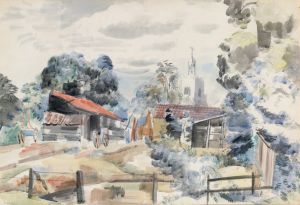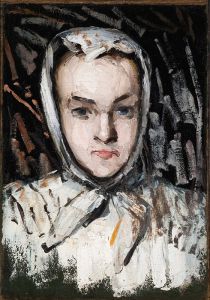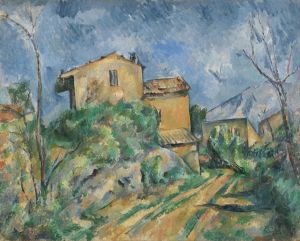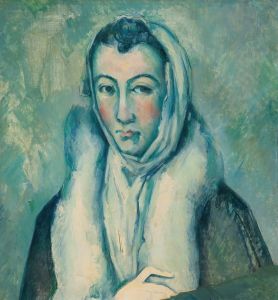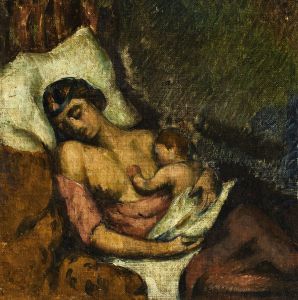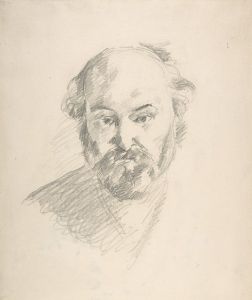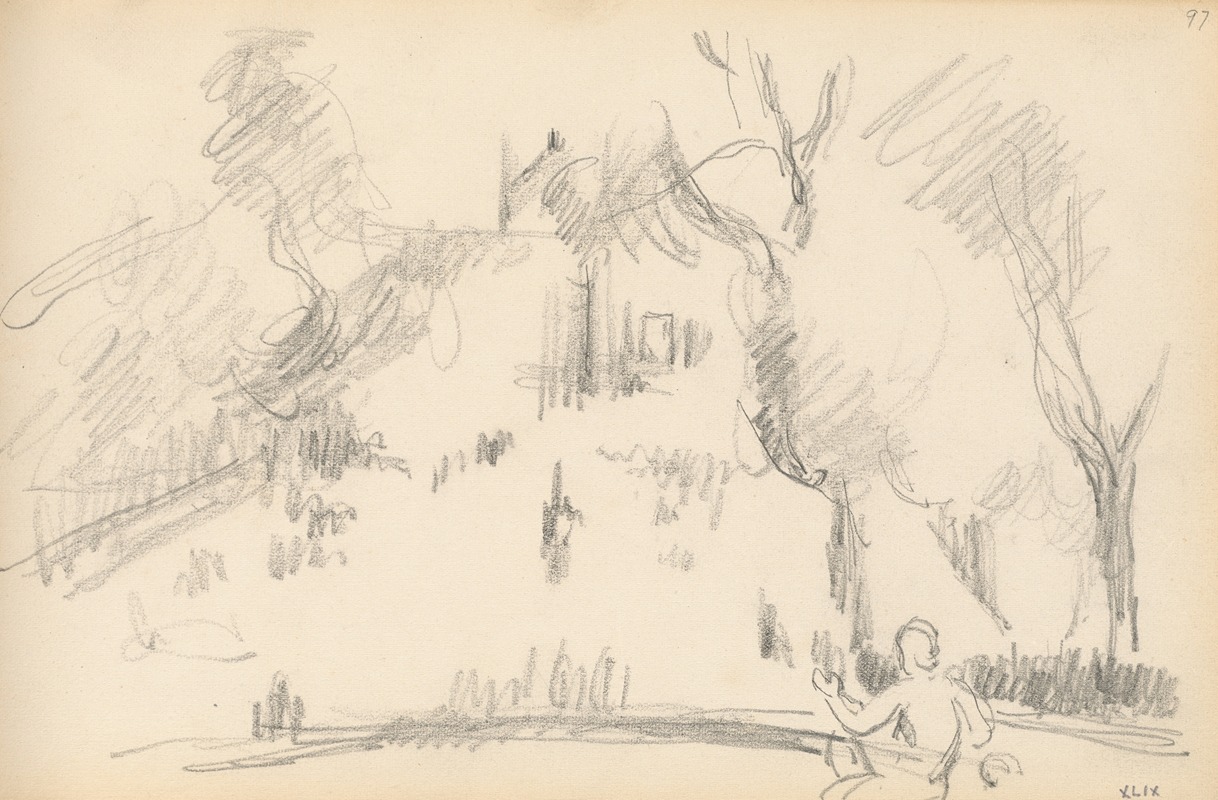
House in a Park
A hand-painted replica of Paul Cézanne’s masterpiece House in a Park, meticulously crafted by professional artists to capture the true essence of the original. Each piece is created with museum-quality canvas and rare mineral pigments, carefully painted by experienced artists with delicate brushstrokes and rich, layered colors to perfectly recreate the texture of the original artwork. Unlike machine-printed reproductions, this hand-painted version brings the painting to life, infused with the artist’s emotions and skill in every stroke. Whether for personal collection or home decoration, it instantly elevates the artistic atmosphere of any space.
Paul Cézanne's House in a Park is a painting attributed to the French Post-Impressionist artist, who is widely regarded as a pivotal figure in the transition from 19th-century Impressionism to 20th-century modernism. Cézanne's works are celebrated for their innovative approach to composition, color, and brushwork, which influenced numerous artists and movements that followed.
House in a Park exemplifies Cézanne's characteristic style, which often sought to depict the natural world through a lens of structural harmony and geometric simplification. The painting portrays a house nestled within a park-like setting, surrounded by trees and vegetation. Cézanne's use of color and form in this work reflects his interest in capturing the essence of the landscape rather than its precise details. The interplay of light and shadow, combined with his distinctive brushstrokes, creates a sense of depth and atmosphere.
The exact date of creation for House in a Park is not definitively documented, but it is believed to have been painted during Cézanne's mature period, likely in the late 19th or early 20th century. This was a time when Cézanne was deeply engaged in exploring the relationship between natural forms and their underlying geometric structures. His approach to landscapes often involved careful observation and a deliberate departure from the more spontaneous techniques of the Impressionists.
Cézanne frequently painted scenes from the countryside of Provence, where he spent much of his life. The subject matter of House in a Park aligns with his preference for depicting rural and semi-rural environments, often featuring houses, trees, and other elements of the natural landscape. These settings allowed him to experiment with perspective and spatial relationships, which became hallmarks of his artistic legacy.
The painting is part of a broader body of work in which Cézanne sought to reconcile the natural world with his artistic vision. His innovative techniques, such as the use of planes of color to build form and his rejection of traditional linear perspective, are evident in House in a Park. These methods would later inspire movements such as Cubism, with artists like Pablo Picasso and Georges Braque citing Cézanne as a major influence.
As with many of Cézanne's works, House in a Park demonstrates his commitment to capturing the enduring qualities of nature and architecture. The painting is a testament to his belief that art should reflect the artist's perception of the world, filtered through a disciplined and thoughtful approach to composition.
Further details about the painting's current location, provenance, or exhibition history are not readily available in public records.





